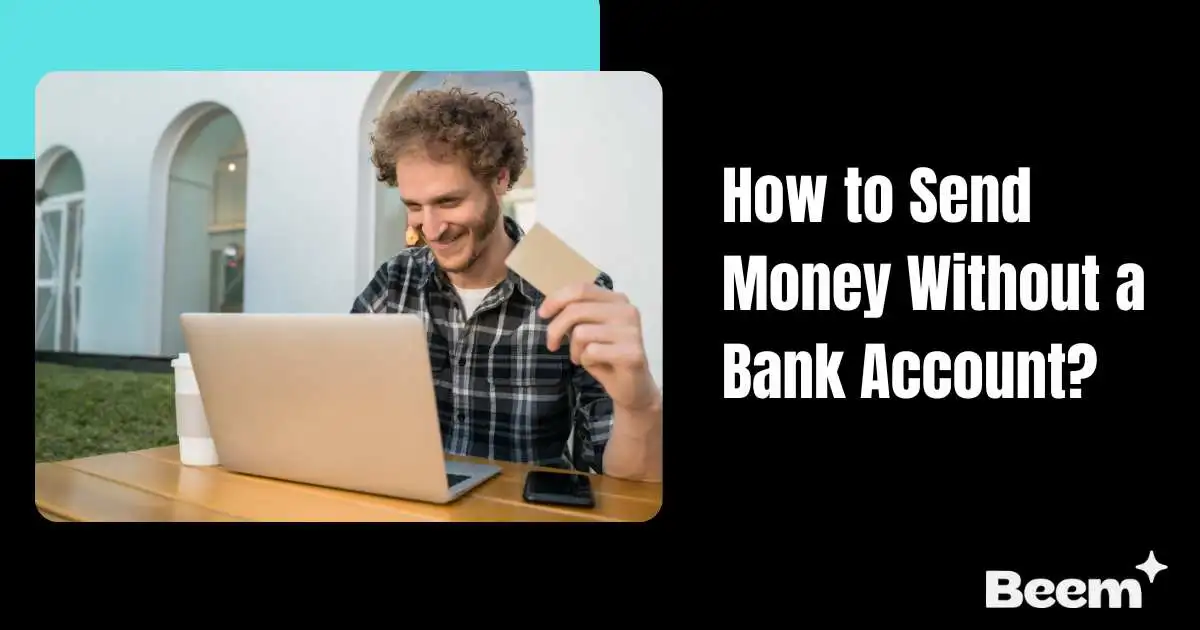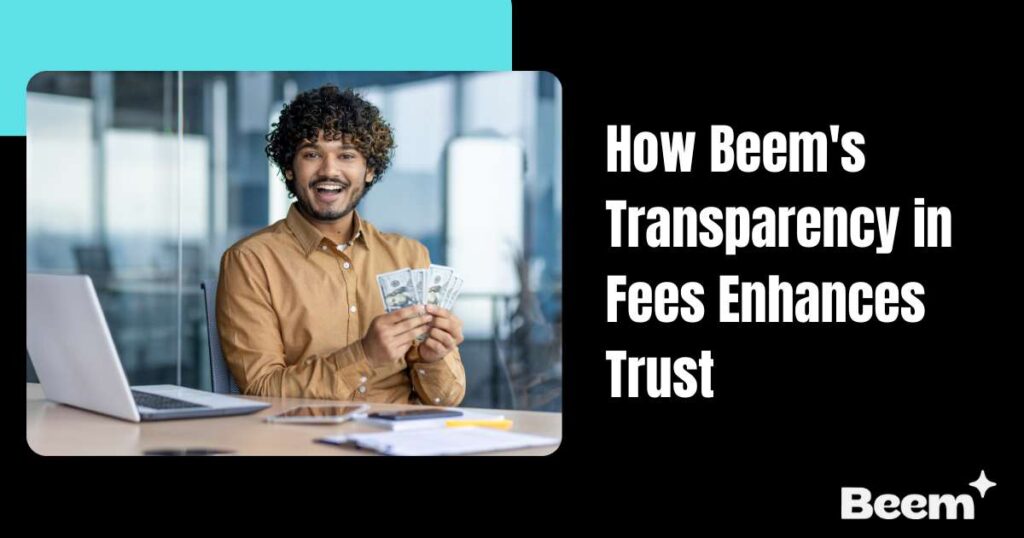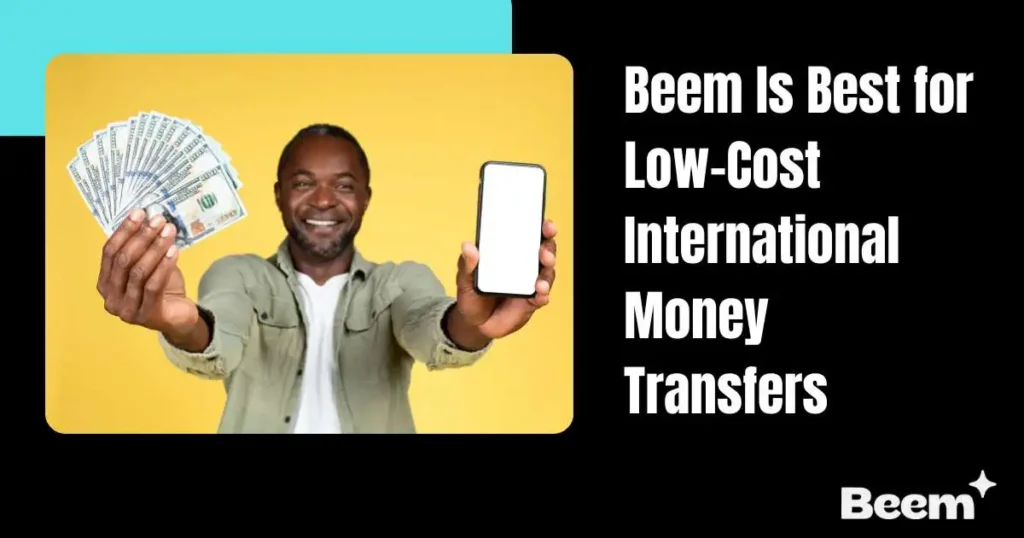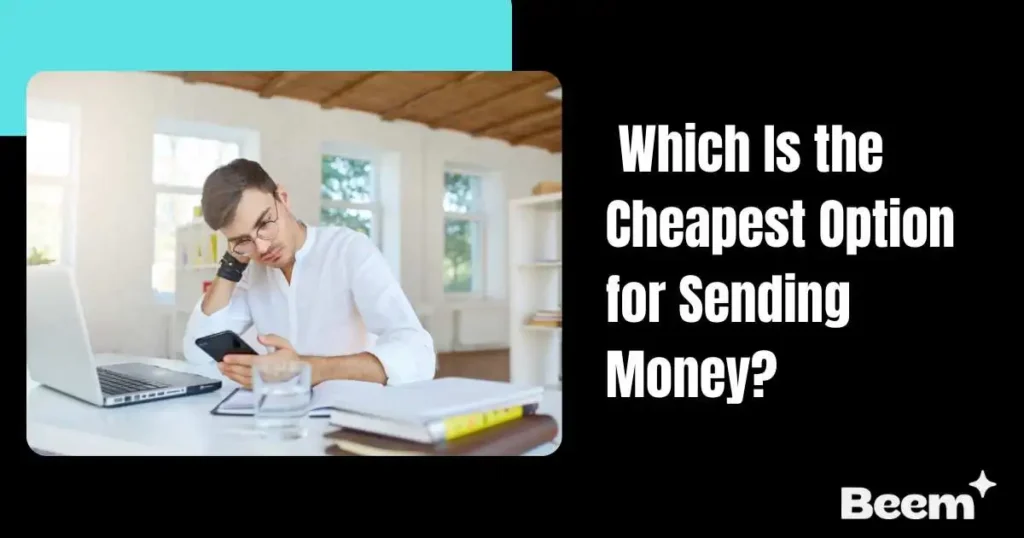Summary
In today’s digital world, not everyone can access a bank account, but that doesn’t mean you can’t send them money. How to send money without a bank account has become a common question—and fortunately, it’s now easier than ever. Modern technology makes many bank-free transfer options fast, flexible, and secure.
Whether your recipient lives in a remote area or prefers cash, services like cash pickups, mobile wallets, prepaid debit cards, and peer-to-peer apps make it easy to send funds without relying on traditional banking.
This blog will explain the best methods and key tips for ensuring your money reaches the right hands safely. Keep reading.
1. Why Some People Don’t Use Bank Accounts
Local banks may be hard to reach or nonexistent in rural or underserved regions. Others may lack the required documentation or have a general distrust of financial institutions.
Some prefer cash, especially young people, gig workers, or those living paycheck to paycheck. In certain countries, strict regulations or economic instability also limit access to banking services. Recognizing these barriers is essential to choosing the correct transfer method that meets the recipient’s needs.
2. Top Ways to Send Money Without a Bank Account
a. Cash Pickup Services
One of the most accessible options, cash pickup services, allows your recipient to collect money in person, with no account needed. Providers like Western Union, MoneyGram, and Xoom let you send money online or in-store. The recipient can then visit a local agent to pick up cash, often on the same day. This is a reliable choice for regions with limited mobile wallets or banking infrastructure.
Pros: Instant access, global reach.
Cons: Higher fees and the recipient needing a valid ID.
b. Mobile Wallet Transfers
Mobile wallets can be used for international transfers when paired with global remittance services like Wise, Remitly, or WorldRemit, which deposit money directly into the recipient’s mobile wallet. This method is especially useful in countries with robust mobile wallet ecosystems such as Kenya (M-Pesa), Philippines (GCash, PayMaya), and parts of South Asia.
Instead of sending money wallet-to-wallet (which is mostly domestic), the transfer is routed through a licensed remittance provider and delivered to the recipient’s mobile wallet.
Pros: Fast delivery, accessible in remote areas, no need for a bank account.
Cons: Limited to countries with mobile wallet infrastructure and partner integrations for international receipt.
c. Prepaid Debit or Gift Cards
You can also send money through prepaid debit cards or digital gift cards. Purchase a Visa/Mastercard prepaid or retailer-specific gift card, then send it via email or SMS. The recipient can use it online or in-store, depending on the card type. These are ideal for recipients who shop online or for specific purchases but are less valuable when cash is needed.
Pros: No account needed, quick delivery
Cons: It can’t be converted to cash easily, and it has been used based on card terms
d. Peer-to-Peer (P2P) App Transfers
Peer-to-peer transfers are a great option if your recipient has a smartphone and uses apps like Cash App, PayPal, or Venmo. Funds move instantly from your wallet to theirs, and they can be used to spend the balance or cash out using linked services. P2P apps are perfect for casual transfers among friends or family members already using digital wallets.
Pros: Instant, user-friendly, great for domestic transfers
Cons: Requires both sender and recipient to have the same app and device
Read Also: Which Countries Offer the Cheapest International Money Transfers?
3. Things to Keep in Mind
Confirm the Recipient’s Access Point
Before sending money, verify how the recipient will receive it. Do they have a mobile wallet set up? Is there a nearby cash pickup location? A quick check can save you from failed or delayed transfers and ensure your chosen method is usable.
Double-Check Transfer Details
Ensure all the recipient’s information, such as their name, phone number, and location, is accurate. A typo in their name can block cash pickup transactions. Details must match their ID exactly, especially for in-person pickups. Double-checking avoids unnecessary complications and delays.
Understand Fees and Currency Conversions
Not all transfer fees are transparent. Some platforms advertise “zero fees” but recoup costs through unfavorable exchange rates or hidden charges. Always compare the total cost, not just the upfront fee. Use comparison tools to find the best overall value.
Consider Security
Only use licensed, regulated providers that offer fraud protection, encryption, and transaction tracking. Avoid shady apps with no customer service or vague terms. Sticking to trusted platforms helps ensure your money arrives safely and in the right hands.
4. Comparison Table: Bank-Free Transfer Options
Money can be sent without a bank account using various fast and accessible methods. Western Union offers worldwide cash pickups in minutes to hours but requires ID and has medium to high fees.
Mobile wallets instantly deliver funds with low fees and no ID, which is ideal for supported regions. Prepaid gift cards are great for gifting, with instant delivery and little to no fees. PayPal and Cash App suit tech-savvy users, offering quick transfers without needing an ID.
| Sl. No. | Method | Delivery Time | Fees | ID Required | Best For |
| 1. | Western Union | Minutes–hours | Medium–high | Yes | Cash pickups worldwide |
| 2. | Mobile Wallets | Instant | Low | No | Recipients in supported regions |
| 3. | Prepaid Gift Cards | Instant | Low–none | No | Gifting or spending essentials |
| 4. | PayPal/Cash App | Instant–1 day | Low | No | Tech-savvy users with smartphone |
5. Best Use Cases
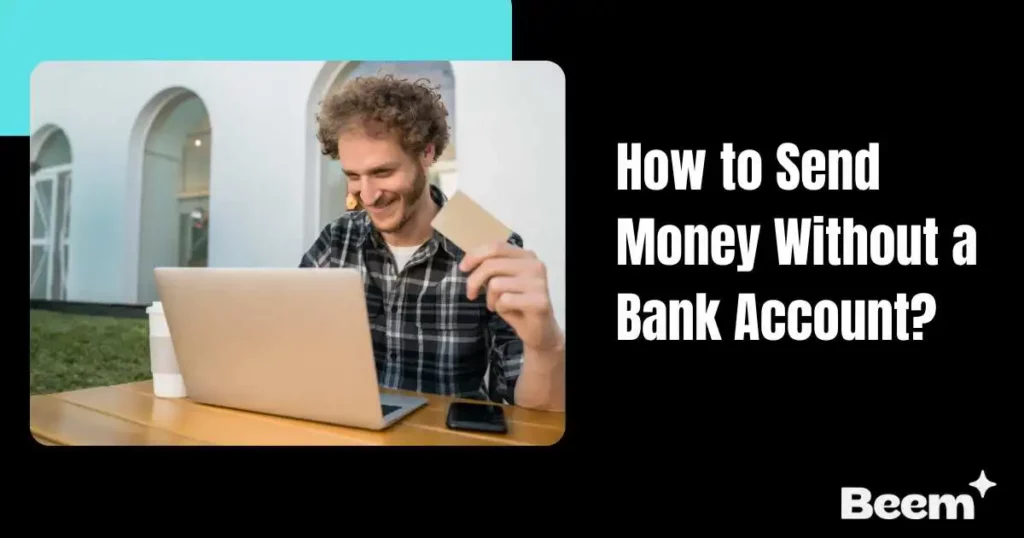
Emergency Support
Every second counts in emergencies; quickly getting money to a loved one is essential for unexpected medical bills, last-minute travel, or urgent repairs. Mobile wallet transfers and cash pickup services are ideal in these situations, offering instant or same-day delivery.
Mobile wallets allow immediate digital access to funds, while cash pickup services provide real money in hand, perfect for recipients without digital tools. Choose providers known for speed and reliability to ensure help arrives when needed most.
Remote Gifting
Want to send a gift to someone without a bank account? Prepaid gift cards are an intelligent and thoughtful solution. You can send digital gift cards instantly via email or text for groceries, school supplies, or utility bills.
Prepaid cards are efficient for long-distance or international gifting, where shipping physical items isn’t feasible. With low or no fees and no ID requirements, they are a simple, flexible way to support loved ones with everyday essentials, and no bank is required.
Family Support in Developing Countries
In many parts of the world, traditional banking isn’t easily accessible. That’s where mobile money services like M-Pesa, GCash, or cash pickup options like Western Union come in. These platforms are widely used across developing countries and offer trusted, reliable ways to send regular financial support.
Whether helping with school fees, food, or healthcare, they ensure funds arrive safely, even in areas without formal banking. For the best experience, look for services with strong local agent networks or mobile wallet compatibility.
Conclusion
Thanks to fintech innovations, mobile money, and flexible digital tools, receiving money no longer requires a bank account. Whether you’re sending a cash pickup, prepaid gift card, or mobile wallet top-up, there’s a solution suited to your recipient’s needs.
Apps like Beem offer a modern solution for sending money abroad with its Send Now, Pay Later™ feature, giving users flexibility and speed when supporting loved ones across borders. Explore fast, secure transfers at Beem.
The key is to choose the method that offers the right balance of speed, fees, and accessibility. With many reliable options available today, sending money to someone without a bank account is easier, faster, and more inclusive than ever before. By choosing innovative tools and understanding your options, you ensure your money goes further and reaches the people who most need it.
